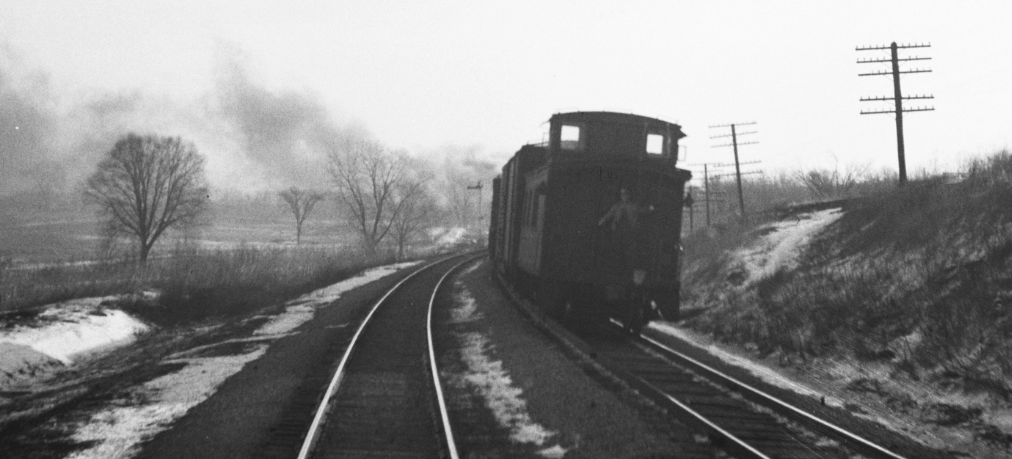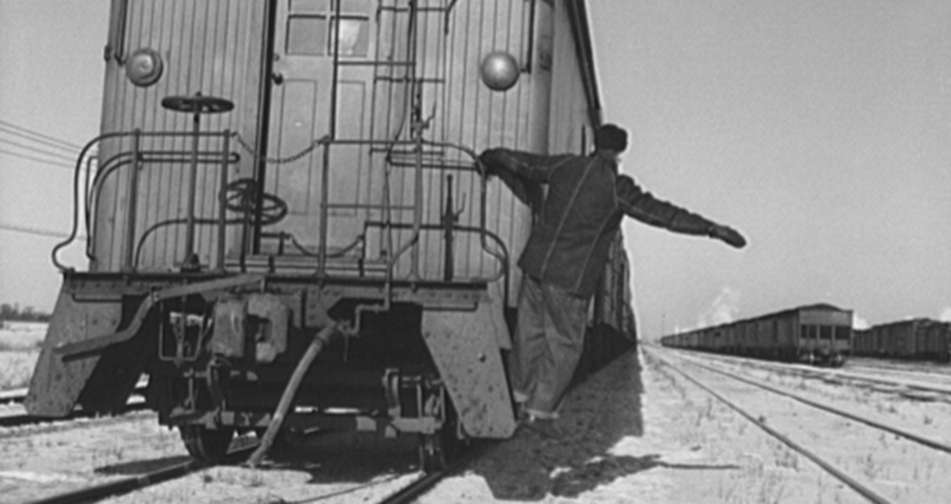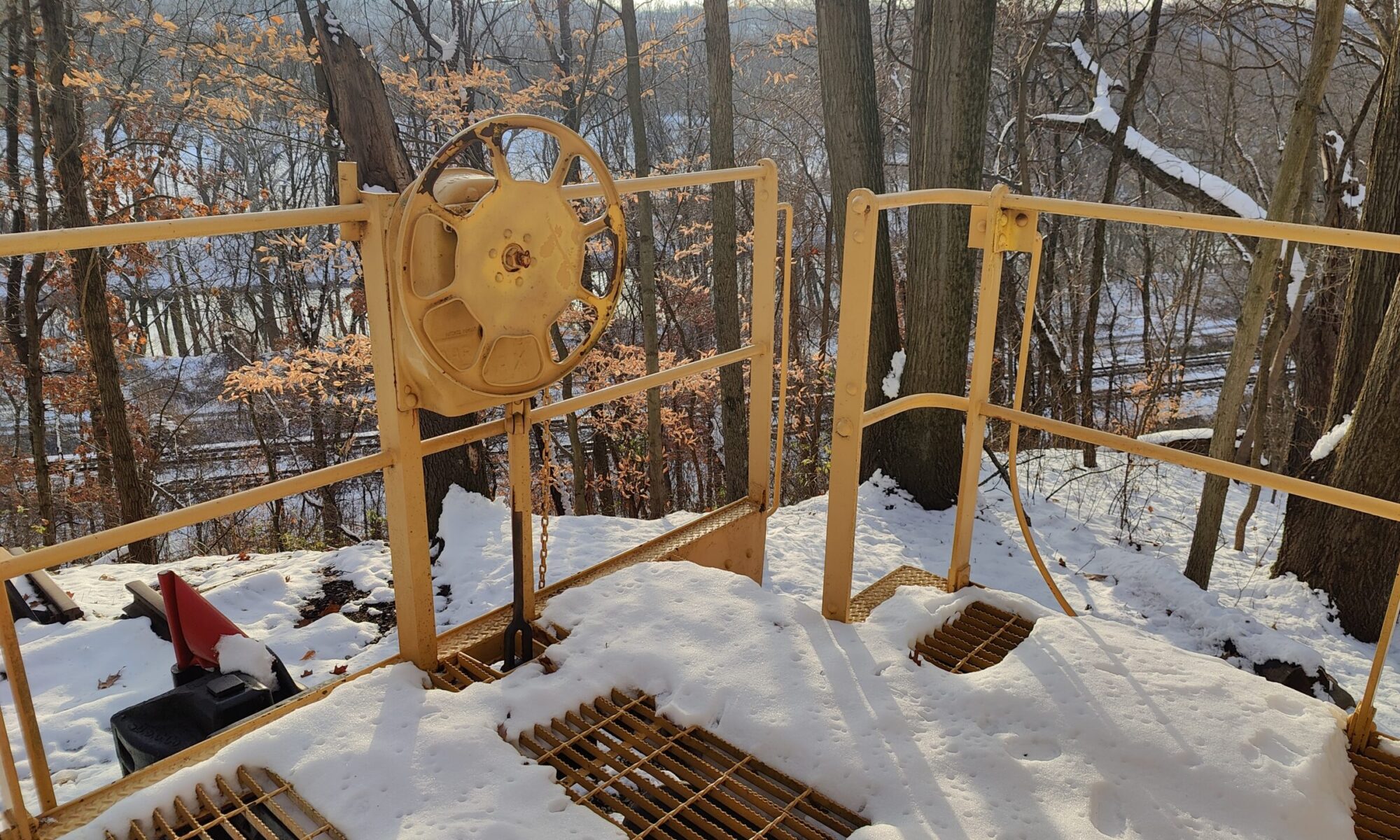
The Caboose: A Railroad Icon
Before the mid-1980s, you have been hard pressed to find a freight train without its caboose—the trusty little car bringing up the rear. More than just a nostalgic symbol, cabooses were the nerve center and safety hub of North American railroading. They served two critical roles: acting as the train’s rolling “tail light” with marker signals and giving the conductor a mobile office where paperwork, coffee, and railroad lore shared the same cramped space. For over a century, these humble cars were as essential as the locomotives up front.
Life in the Caboose: The Train Crew’s Rolling Office
Back in the day, a typical train crew was a tight-knit team of up to five men: the engineer, fireman, head brakeman, rear brakeman, and conductor. While the engineer and fireman manned the locomotive, the conductor and rear brakeman (sometimes joined by a flagman) called the caboose home—a rolling office and lookout post combined.
Perched at his desk inside the caboose, the conductor handled crucial paperwork as the train rumbled down the tracks. But his job wasn’t just about keeping records. Along with the rear brakeman, he kept a sharp eye on the train itself, watching for overheating axles, shifting loads, or any other trouble that might arise during the journey.
The rear brakeman had one of the most vital—and nerve-wracking—jobs: protecting the train from rear-end collisions. Whenever the train stopped, he’d hop out to place warning signals like fusees, lanterns, or flags behind the last car, ensuring no following train would come barreling into them unseen. He also lent a hand during switching operations, making sure cars were routed correctly along the line.

Getting Out of Town
An excerpt from Railroading From the Rear End:
At the end of every one of the thousand freight trains that every hour begin to roll down the steel rails of America is a “little shanty,” the caboose.
The big steam or diesel freight engine on the head end provides the power to start these trains, but it is the conductor who waves the highball, the signal to go. His hand goes up, or there is the bright gleam of his electric lantern doing it’s little dance in the dark, and fifty, a hundred, a hundred and fifty cars away the locomotive shouts twice. The driving wheels begin to creep, the slack runs out, and the caboose moves forward with a jerk. Another freight train is “getting out of town.”
Farrington, S. K., Jr. (1946). Railroading from the rear end (1st ed.). Coward McCann.
End of the Line: The Caboose Fades Into History
Time and technology have quietly retired the caboose from daily railroading. Modern trains now run with just two crew members—an engineer and a conductor—where once a small team worked the rails. Trackside defect detectors now scan for mechanical issues, conductors file paperwork from the locomotive cab, and dispatchers track every movement electronically. Even switches, once thrown by hand, are often controlled remotely.
So what replaced the trusty caboose? Enter FRED (Flashing Rear-End Device) or ETD (End-of-Train Device)—a small but mighty metal box mounted to the coupler of a train’s last car. FRED takes over the caboose’s old duties: it helps with braking, flashes a warning light to trains behind, and keeps watch for any accidental separation of cars. All the data it collects streams straight to the engineer’s display inside the locomotive—a far cry from the conductor’s paper logs and kerosene lanterns of yesteryear. Some crews playfully nicknamed this system “Willma”—a playful nod to The Flintstones, where Fred wasn’t complete without Wilma.
